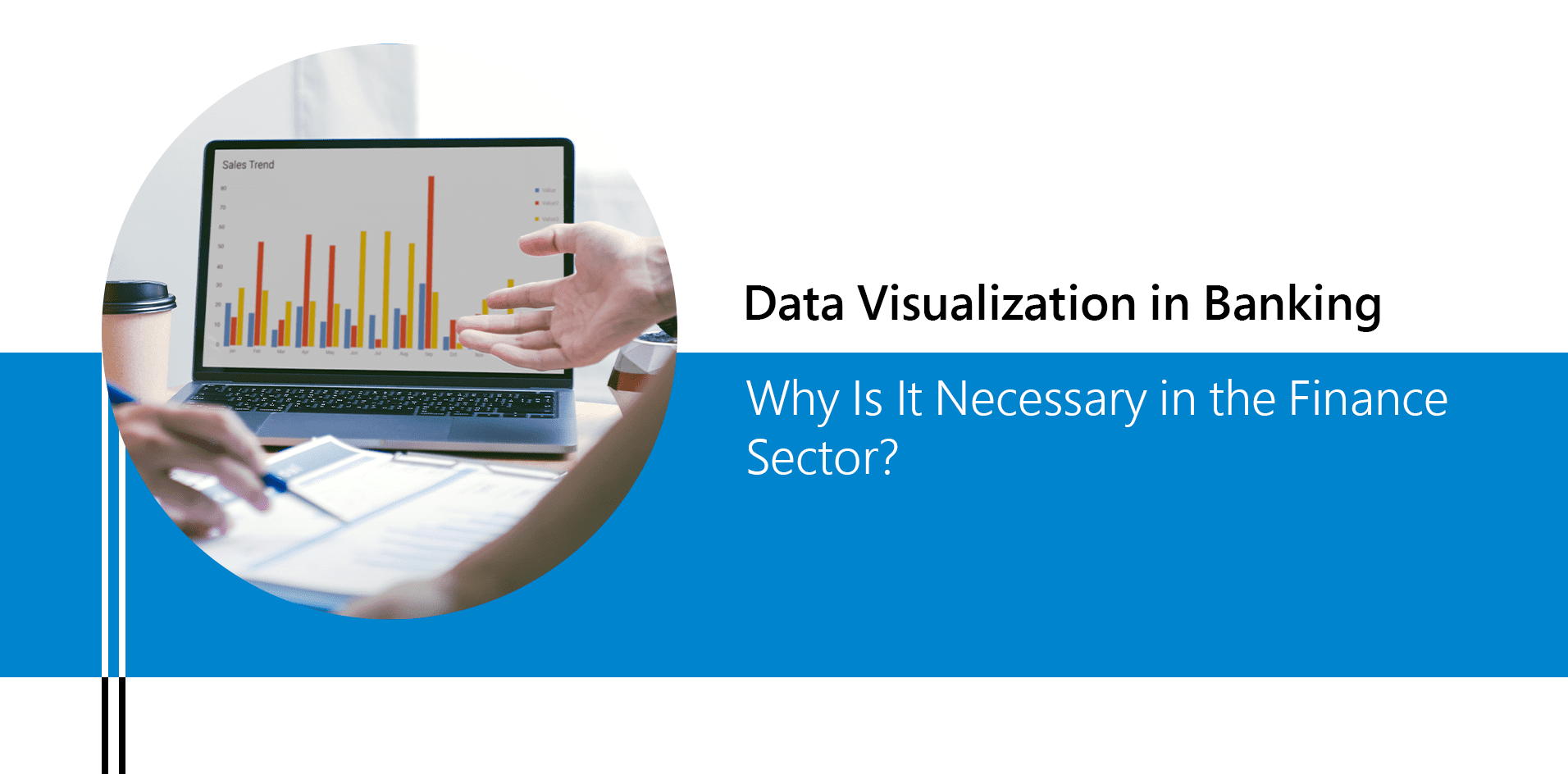
(Source: Pexels)
Investing in financial investment opportunities is one of the top ways to secure your finances for the future. If you plan carefully and build your portfolio, you can get returns and beat inflation through passive income. So it’s essential to start looking into ways to invest so you can start saving for retirement.
However, before you jump headfirst into different investment streams, consider your goals, risk level, and emergency fund. Then, once you’ve outlined your plans and know what amount you’re willing to risk, you can start looking for where to invest.
If you’re unsure of the right avenues, here are investment opportunities to consider for 2023.
Financial Investment Opportunities to Leverage this 2023
1. Dividend stocks
If you find a company selling stocks for a bargain, you can check if they pay dividends and then invest. Dividend stocks are good passive income if you can sustain them for a long time. In addition, they have relatively lower risk than other types of stocks since you’re paid in cash every quarter, but the possibility still exists, so choose carefully.
A company with steady dividend increases over its lifetime is a good sign. However, you can still lose your investment if the company faces difficulties. The best safeguard against this is diversifying your portfolio so your eggs aren’t all in one basket and you have others as a fallback.
2. Government and corporate bonds
Government and corporate bonds have lower risk than stocks, so they’re good if you want returns without volatility. Bonds have a fixed interest rate and can either be short-term or long-term. However, your bond’s value doesn’t increase if interest rates increase over time. This runs the risk that your bond won’t be worth a lot at the end of its paying period.
Corporate bonds can pay more than government bonds, and you can sell them to others in the secondary market. However, there’s still the risk that the company will face a crisis and default. You can mitigate this similarly to dividend stocks – by having different investment streams, carefully managing finances, or taking on several bonds.
3. Cryptocurrency
Cryptocurrency is one of the most volatile markets available, gaining popularity because it can potentially give you exceptionally high returns. However, investing in cryptocurrency comes with pros and cons. If you’re not afraid of immense risks and have the funds you’re comfortable losing, you can try investing in it.
While you can get rich with just a few coins, remember that supply and demand play a role in influencing their price. So your currency could be extremely valuable one day and drastically plummet the next.
There are also several types of cryptocurrencies on the market, so sift through your options, learn more about the price of bitcoin and how to invest in cryptocurrency. The important thing to note here is to monitor your cryptocurrency investments and thoroughly study the cryptocurrency market regularly.
4. Real estate properties
There are different ways to become a landlord and own real estate. If you have the capital, you can pay for a property upfront, take on a bank loan, or inherit property from a friend or family. It’s one of the best investments because you can take tax breaks and deductions and appreciate the property’s value over time. Then, if you’ve managed your property well, you can sell it for a significant profit.
However, unlike the other investment opportunities mentioned thus far, going into real estate takes considerably more effort. You need to commit time, build relationships with your tenants, and may also need to spend more money on renovations. In addition, if you’ve spent a large portion of your savings on a property, it may be more challenging to diversify your portfolio.
If you think owning real estate can be overwhelming, you can look into Real Estate Investment Trusts (REITs). Investing in REITs can eliminate the legwork of buying and managing a property. However, REITs have more extended payout periods, and a fluctuating market means you might lose money in the long run.
5. High-yield savings accounts
Unlike typical savings accounts, high-yield savings accounts have higher interest rates and potentially higher payouts. However, they’re one of the lowest-risk investments because they don’t default and are federally insured. Consider getting a high-yield savings account if you need money soon or want to start building an emergency fund.
However, the downside to this type of investment is that it’s only good for the short term. While the interest rate is higher, it’s not enough to overcome inflation, making it a poor option if you’re building toward retirement. Instead, mix this type of account with other investments to maximize your returns and have money for both the short and long term.
6. Roth IRAs
If you’re building towards retirement, consider getting a Roth IRA. It’s an easy way to you’re your savings, especially if paired with a 401(k). If you earn a comfortable income, putting part of your salary into your Roth IRA allows it to compound over time. You can even automate your finances by asking your employer or the bank to make the deposit every month.
The best thing about a Roth IRA is that anyone can get one without the risk involved with other investment types. Once the account matures, you can withdraw the funds tax-free. You also get to choose the type of investments you can make with a Roth IRA, which includes stocks, bonds, and mutual funds.
The downside is that you’re encouraged not to withdraw until you’re 59½ years old. If you do, the bank penalizes you by taking 10% of the earnings. If you need short-term funds or returns that are more accessible, consider the other options in this list.
Build for the Future
Several investment opportunities exist, whether you’re working towards retirement or building wealth for your family. Which investments you take heavily depends on your risk level, income stream, and when you need the money. It’s also essential to have several investments to fall back in case one defaults.
Consider each option carefully and do research about the fluctuations in the market before making a decision. Soon, you’ll watch your wealth grow toward a more secure future.








